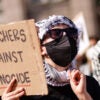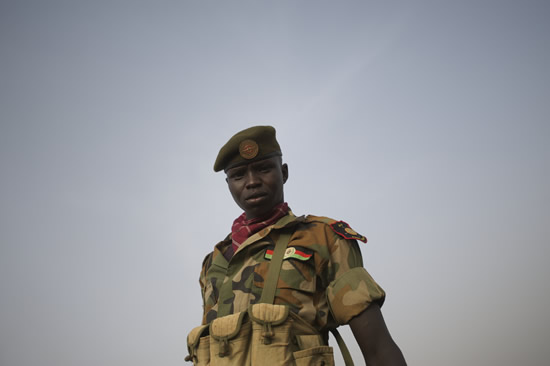Even as an independent country, peace remains elusive for South Sudan. Decades of civil war, genocide, complex ethnic relations, and deep-seated distrust continue to plague its relationship with Sudan.
Despite a peace agreement in 2005 that failed to adequately deliver “diversity in unity” and eventually led to the creation of an independent South Sudan, the region remains a tinderbox ready to ignite. The north-south split did not resolve many of the region’s long-standing conflicts.
The Daily Signal depends on the support of readers like you. Donate now
The U.S. has played an active role for over three decades and recently appointed a new envoy, Ambassador Donald Booth. Here are the issues he’ll be facing:
- South Sudan power struggle. South Sudanese President Salva Kiir dismissed his entire cabinet after clashes among the leadership and allegations of corruption. The South Sudanese people generally applauded the move, the U.N. welcomed the new cabinet, and some towns even demonstrated in support of it. But the U.S. envoy expressed concern over Kiir’s remark that the 2015 elections should be postponed until the government can finish collecting census information.
- Oil pipelines. When South Sudan seceded, it took nearly 75 percent of Sudan’s oil reserves, creating fiery tension between the two nations. South Sudan’s government relies on oil for 98 percent of its budget, but it transports the oil through Sudan in a pipeline to the Red Sea. Khartoum requires high transport fees from the South, but Juba has protested these fees, even shutting down oil production for 14 months in retaliation. Juba continues to ward off threats from the North to shut off the pipeline.
- Jonglei conflict. In the South Sudanese state of Jonglei, the conflict between the Nuer and Murle ethnic groups has escalated substantially. The South Sudanese army allegedly abused the Murle people during a disarmament campaign, raising suspicions that the South Sudanese government supports the Nuer. However, Sudan is accused of supplying the Murle with arms in an effort to further destabilize the region.
- Asymmetric disarmament. Juba attempted to quell the ethnic violence through the forceful disarmament of the Murle population, but weapons were not removed from the Nuer. With a fully armed Nuer people and a ruthless army, thousands of the Murle have fled their homes, some seeking refuge in David Yau Yau’s militia. Experts believe Yau Yau commands a formidable force between 4,000 and 6,000 Murle youths.
- Abyei region. The Abyei region falls under both Sudanese and South Sudanese jurisdiction until a referendum, originally scheduled for 2011, but postponed until this month. Abyei residents have pressured Khartoum to ensure the referendum occurs. South Sudan’s foreign minister recently said that the international community ultimately holds the responsibility for making the referendum happen.
While all of these challenges directly affect the near-term prospects for peace in the region, the continuing violence in Darfur, South Kordofan, and the Blue Nile should not be ignored. The region’s future remains dependent upon the resolutions to the conflicts and the roles that both Khartoum and Juba play in prolonging the violence.
See also “Sudan and South Sudan: Failed Talks Require New Strategy.”
Alexandria Lane is currently a member of the Young Leaders Program at The Heritage Foundation. For more information on interning at Heritage, please click here.































